Understanding What Law Shows Declawing is Illegal in Minnesota
What law shows declawing is illegal in Minnesota? In Minnesota, it is against the law to declaw cats. Declawing is when a veterinarian removes a cat’s claws, and many people believe it is not safe or kind to do this to our furry friends. This law helps protect cats and makes sure they can live happily and healthily.
The law about declawing is important because it stops people from hurting cats just to keep their furniture safe. Instead of declawing, there are other ways to keep both cats and furniture safe. Let’s explore this law and understand why it matters for cats in Minnesota.
What Law Shows Declawing is Illegal in Minnesota?
What law shows declawing is illegal in Minnesota? In this state, there is a law that protects cats from being declawed. Declawing is a procedure that involves removing a cat’s claws, which can be painful and harmful to the cat. The law in Minnesota is designed to stop this practice and make sure cats are safe.
This law was created because many people believe that declawing is cruel. Cats need their claws for many reasons, including climbing, defending themselves, and stretching their muscles. By banning declawing, Minnesota is helping cats live better lives without this unnecessary surgery.
If you are a cat owner in Minnesota, it is important to know this law. The law not only helps protect your pets but also encourages cat owners to find better ways to care for their cats. There are many alternatives to declawing, and these options can keep both your cat and your home safe.
Why Is Declawing Bad for Cats?
Declawing is not just about removing a cat’s claws; it is like removing the tips of their fingers. This process is very painful for cats, and it can cause long-lasting health issues. Cats use their claws for many natural behaviors, and taking them away can change how they walk and move.
When cats are declawed, they may become more aggressive or scared. They might bite more because they can no longer use their claws to defend themselves. Declawing can also lead to other problems like trouble walking and joint pain, making life harder for your furry friend.
The law in Minnesota helps to protect cats from this harmful procedure. By understanding why declawing is bad, more people can make better choices for their pets. It is important to know what law shows declawing is illegal in Minnesota so that you can keep your cat healthy and happy.
Understanding the Declawing Law in Minnesota
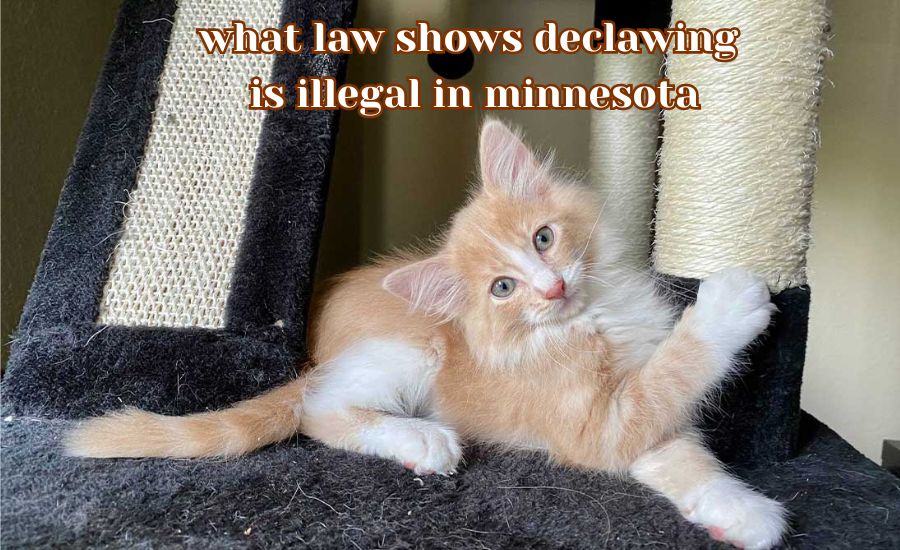
The declawing law in Minnesota makes it illegal to declaw a cat unless it is for a medical reason. This means that if a cat has a health problem, a veterinarian may be allowed to perform the surgery. However, declawing just for the convenience of the owner is not allowed under this law.
The law was created to stop the unnecessary suffering of cats. Many veterinarians in Minnesota agree that declawing is not a good practice. They support the law because it encourages cat owners to find better ways to manage their cats’ claws, like using scratching posts or trimming claws.
Knowing what law shows declawing is illegal in Minnesota helps you be a responsible pet owner. It is important to follow the law and make sure your cat gets the best care without resorting to painful surgeries like declawing.
How Does the Law Protect Cats?
The law against declawing in Minnesota is a big step in protecting the welfare of cats. This law ensures that cats are not subjected to painful surgeries just to make life easier for their owners. It helps keep cats safe and allows them to live naturally, with all their abilities intact.
By making declawing illegal, Minnesota has set an example for other states to follow. More people are becoming aware of the harmful effects of declawing, and this law helps spread that awareness. Pet owners now have to find alternatives that keep their cats’ claws but still protect their homes and furniture.
This law shows how important it is to protect animals from unnecessary harm. What law shows declawing is illegal in Minnesota? It’s a law that cares for the safety and well-being of our pets, ensuring they live healthier, happier lives.
Alternatives to Declawing for Cat Owners
Instead of declawing, there are many other ways to keep both your cat and your home safe. Scratching posts are a great way for cats to use their claws without damaging furniture. You can place scratching posts around your home to give your cat a safe place to scratch.
Another option is trimming your cat’s claws. You can ask your vet to show you how to trim them safely, or you can take your cat to a professional groomer. Regular claw trimming helps keep your cat’s claws short and reduces the chance of damage to your belongings.
There are also soft nail caps that can be placed over your cat’s claws. These caps are safe and allow your cat to keep their claws while preventing scratches. By using these alternatives, you are following what law shows declawing is illegal in Minnesota and making sure your cat stays healthy.
The Impact of Declawing on Cat Health
Declawing can have serious effects on a cat’s health. When a cat’s claws are removed, it is not just the nails that are taken away but part of the bone as well. This can cause pain, especially when the cat walks or tries to use its paws. The procedure can lead to long-term problems, like arthritis, because the cat’s balance and posture are affected.
Declawing also impacts a cat’s behavior. Without claws, cats might feel scared and unable to defend themselves. This could make them more aggressive, leading to increased biting or anxiety. Many cats struggle to adjust after declawing, which can make them feel unsafe in their own environment.
Cats rely on their claws for many daily activities, such as climbing, scratching, and stretching. Removing them takes away these natural behaviors, causing physical and emotional stress. Knowing what law shows declawing is illegal in Minnesota can help cat owners avoid these harmful effects and keep their pets healthy.
What Happens If You Declaw a Cat in Minnesota?
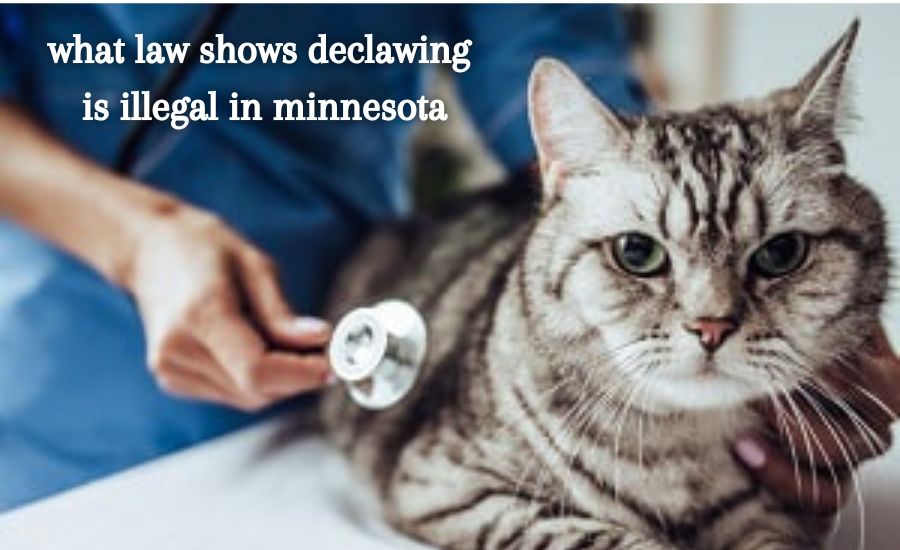
In Minnesota, what law shows declawing is illegal in Minnesota is very clear about protecting cats from unnecessary harm. Declawing a cat is only allowed if there is a valid medical reason, like a serious injury or infection, and it must be done by a licensed veterinarian. Declawing for convenience or to protect furniture is not permitted under the law.
If someone breaks what law shows declawing is illegal in Minnesota and declaws a cat without a valid medical reason, they could face fines or even animal cruelty charges. This law helps protect cats and encourages owners to find better ways to manage their pet’s claws without unnecessary surgeries.
This shows how important it is to follow what law shows declawing is illegal in Minnesota. The law is there to protect cats and prevent them from suffering through a procedure that is both painful and unnecessary.
How Can We Help Cats Stay Safe Without Declawing?
There are many ways to help cats stay safe and happy without declawing. One of the easiest things you can do is provide plenty of scratching posts. Cats love to scratch to stretch their muscles and sharpen their claws, and having a dedicated spot for this helps protect your furniture.
You can also trim your cat’s claws regularly. This keeps the claws short and prevents them from causing damage. Many vets offer this service, or you can learn to do it yourself with the right tools. It’s a safe and effective way to manage your cat’s claws.
Using soft nail caps is another option. These caps fit over the cat’s claws and prevent them from scratching furniture or people. By following what law shows declawing is illegal in Minnesota, you can choose these alternatives to keep your cat healthy and your home safe.
The History of Declawing Laws in Minnesota
The law against declawing in Minnesota is part of a growing movement to protect animals. Over the years, more and more people have recognized the dangers and cruelty involved in declawing. This led to the introduction of laws that make the practice illegal, except for medical reasons.
Veterinarians and animal rights groups worked together to push for these laws. They argued that declawing is not just a minor surgery but a painful procedure that can lead to serious health problems for cats. Thanks to these efforts, Minnesota became one of the states that outlawed unnecessary declawing.
Understanding what law shows declawing is illegal in Minnesota is important for pet owners. This law reflects how society is working to treat animals with more care and respect, ensuring that our pets live happy and healthy lives.
What Should You Know About Cat Claw Care?
Taking care of your cat’s claws is essential for their overall health. Cats need their claws for many things, like scratching, climbing, and self-defense. Regular claw maintenance can help prevent any problems and keep your cat happy.
One of the most important things you can do is trim your cat’s claws. This helps avoid overgrown nails, which can get stuck in carpets or furniture. Trimming also reduces the risk of your cat accidentally scratching people or damaging household items.
Scratching posts are also helpful for keeping claws healthy. Cats love to use their claws to scratch, and posts give them a safe space to do this. By providing proper claw care, you can follow what law shows declawing is illegal in Minnesota and make sure your cat stays healthy and active.
The Role of Veterinarians in the Declawing Debate
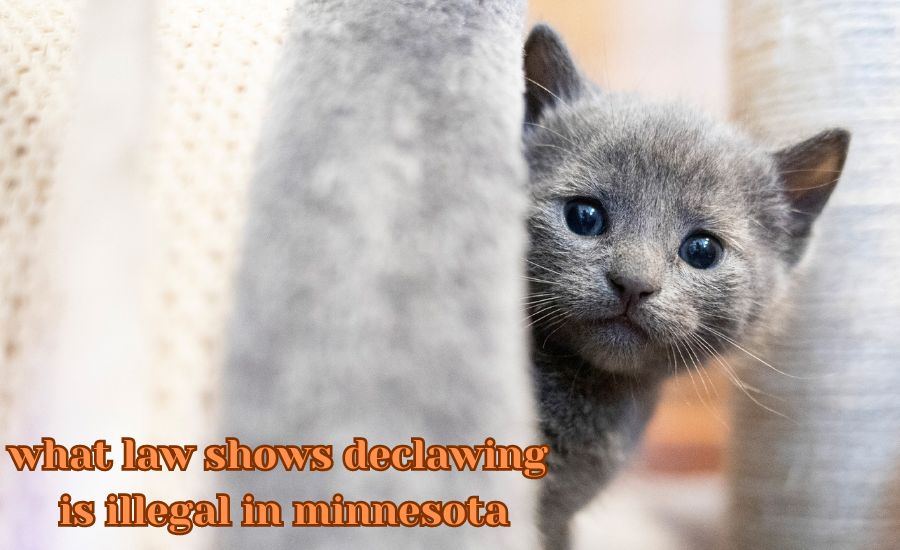
Veterinarians play a crucial role in the debate about declawing. Many vets are against the practice unless there is a medical reason for it. They understand that declawing can cause long-term health issues and stress for cats. As a result, they educate pet owners on why it is not a good option.
In Minnesota, veterinarians must follow the law that makes declawing illegal except for health-related reasons. This ensures that cats are not put through unnecessary pain just for convenience. Vets also help by offering advice on how to care for a cat’s claws without resorting to surgery.
The decision to declaw a cat should always be based on the animal’s well-being. By learning what law shows declawing is illegal in Minnesota, both vets and pet owners can work together to protect cats and find better ways to manage claw-related issues.
Common Misconceptions About Declawing
Many people think that declawing is just like trimming a cat’s nails, but this is not true. Declawing is much more serious, as it involves removing the last bone of each toe. This can cause significant pain and health problems for the cat. It’s not a simple or harmless procedure.
Another common misconception is that declawing makes cats less aggressive. In reality, declawed cats can become more aggressive because they feel defenseless. Without claws, they may bite more often as their only way of protecting themselves.
Understanding what law shows declawing is illegal in Minnesota helps clear up these misconceptions. The law was created because of the serious harm declawing can do, and it encourages cat owners to learn better ways to care for their pets.
Why Cats Need Their Claws
Cats rely on their claws for many important activities. They use them to climb, scratch, and defend themselves. Claws are also vital for stretching and exercising their muscles. Taking away a cat’s claws can make it harder for them to move around and feel secure in their environment.
Without claws, cats might struggle to do things that come naturally to them. They may feel stressed and anxious because they can no longer protect themselves. Scratching is also a way for cats to mark their territory, and removing claws takes away this natural behavior.
Knowing what law shows declawing is illegal in Minnesota helps cat owners understand the importance of keeping claws intact. Cats need their claws to live happy, healthy lives, and there are many alternatives to declawing that can help protect both your cat and your home.
How to Advocate for Cat Rights in Your Community
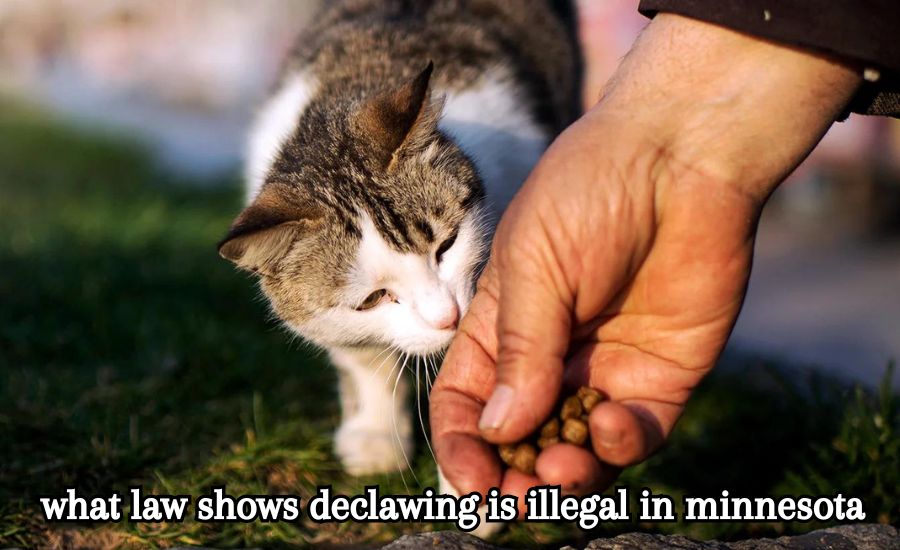
Advocating for cat rights starts with education. Sharing information about what law shows declawing is illegal in Minnesota can help more people understand why declawing is harmful. You can talk to friends, family, and neighbors about why cats need their claws and how they can be cared for without surgery.
You can also support local shelters and animal rights groups that work to protect cats. Volunteering or donating to these organizations can help spread awareness and improve the lives of many cats. You can even organize events or social media campaigns to educate your community about cat welfare.
By advocating for cats, you are helping create a better environment for pets in your area. Together, we can make sure that all cats are treated with kindness and respect, following the laws that protect them.
Conclusion
In conclusion, understanding what law shows declawing is illegal in Minnesota helps us protect our cats from harm. Declawing is a painful procedure that can cause many health and behavior problems for cats. Thankfully, there are better ways to take care of our pets’ claws, like using scratching posts, trimming nails, or trying soft nail caps. These options keep our cats safe and happy without the need for surgery.
By following the law and choosing safer alternatives, we show kindness to our pets. Cats need their claws for many reasons, like climbing, scratching, and feeling secure. It’s up to us as responsible pet owners to find the best ways to care for them and keep them healthy. Let’s work together to keep cats safe and follow what law shows declawing is illegal in Minnesota!
Find Out More: Exploring The Magic Of Seirei Mod Hikke
FAQs
Q: What is declawing?
A: Declawing is a surgical procedure that removes a cat’s claws by amputating the last bone of each toe. It is not just trimming the nails; it involves cutting into the paw.
Q: Is declawing legal in Minnesota?
A: No, declawing is illegal in Minnesota unless there is a valid medical reason. The law protects cats from unnecessary pain and suffering.
Q: What problems can declawing cause for cats?
A: Declawing can lead to long-term pain, arthritis, and behavioral issues like increased aggression or anxiety. Cats may struggle to walk and feel defenseless without their claws.
Q: What alternatives are there to declawing?
A: Alternatives include providing scratching posts, trimming nails regularly, and using soft nail caps. These methods help manage a cat’s claws without causing harm.
Q: How can I care for my cat’s claws?
A: You can care for your cat’s claws by trimming them regularly and providing scratching posts. These practices keep their claws healthy and prevent damage to furniture.
Q: What should I do if my cat is scratching furniture?
A: If your cat is scratching furniture, provide designated scratching posts or pads. You can also use deterrent sprays or cover furniture with protective coverings to discourage scratching.
Q: How can I help advocate for cat rights?
A: You can advocate for cat rights by educating others about the importance of keeping claws intact, supporting animal shelters, and promoting local laws that protect cats.
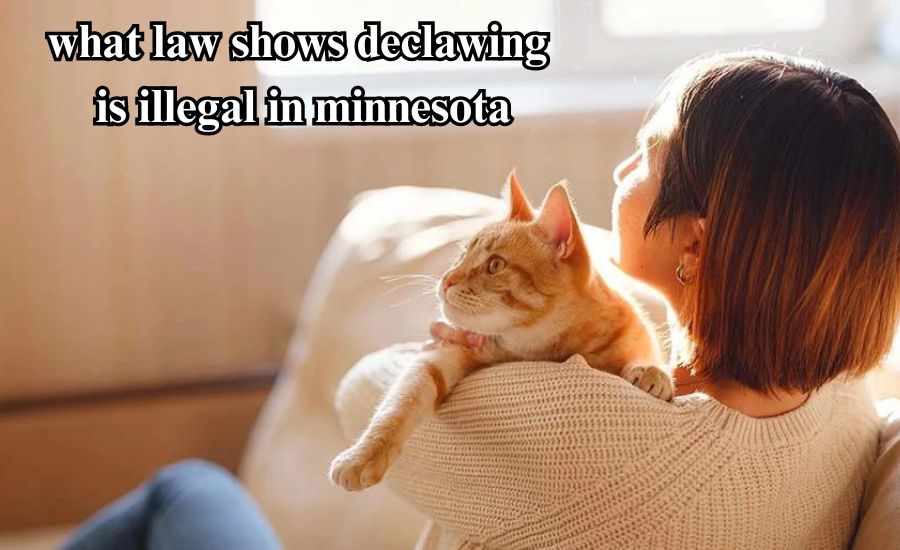


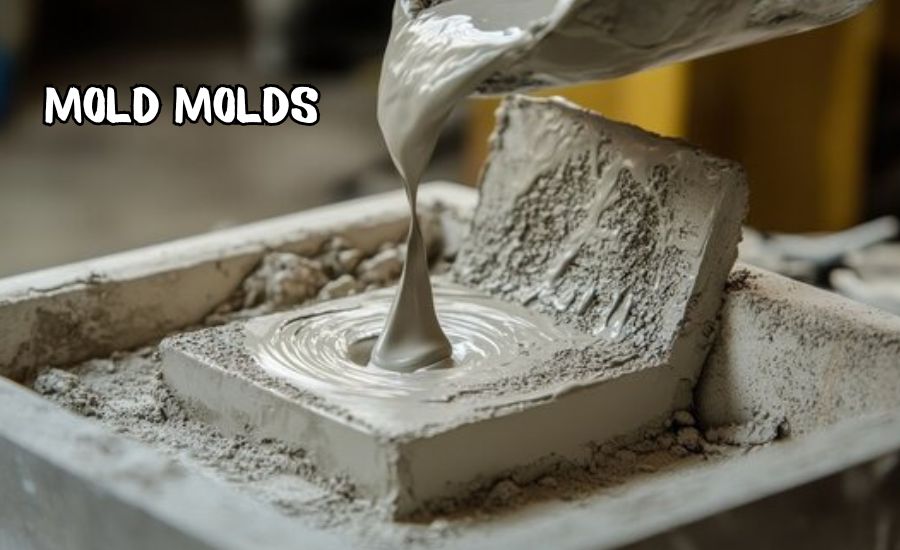

Post Comment